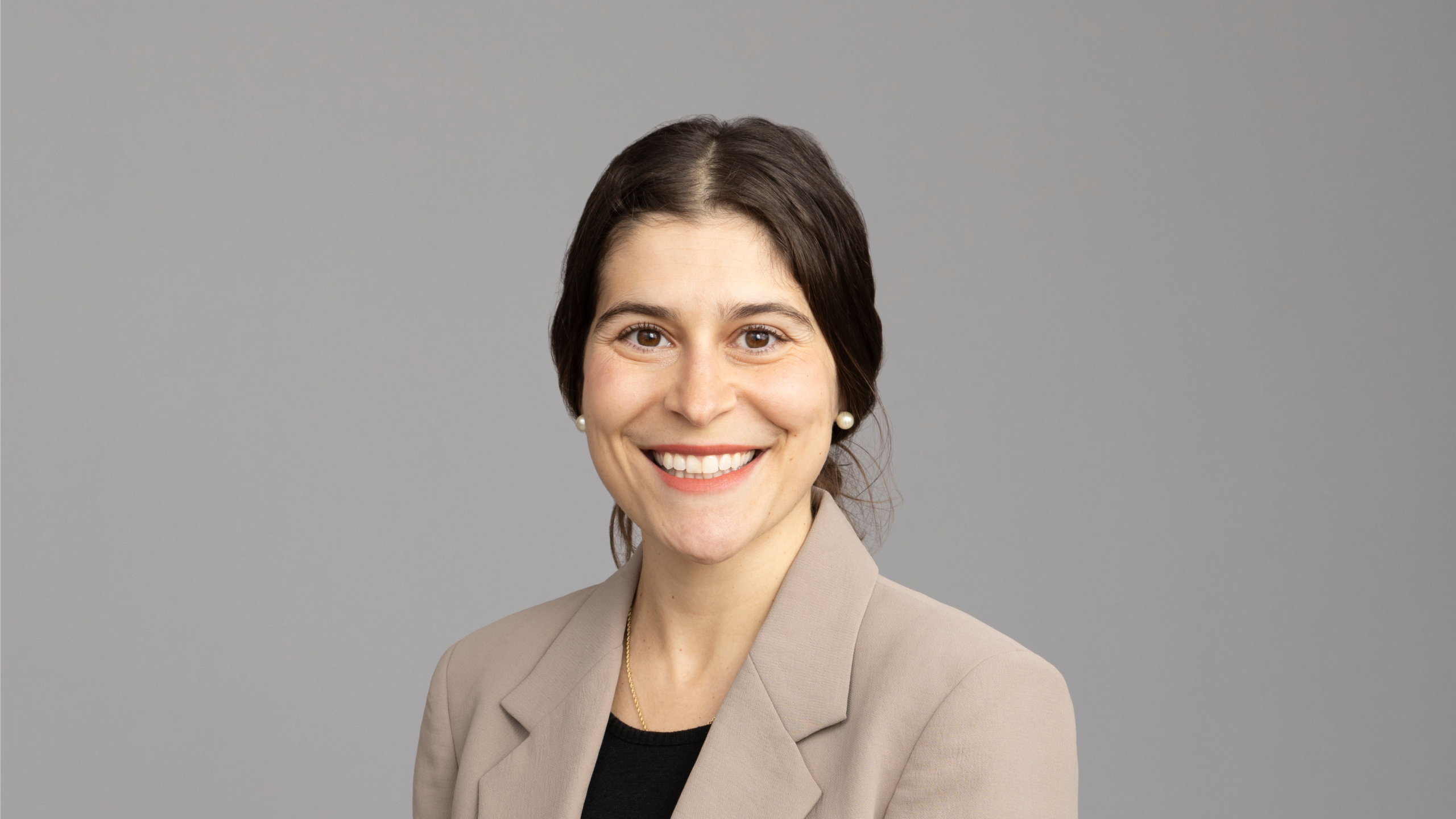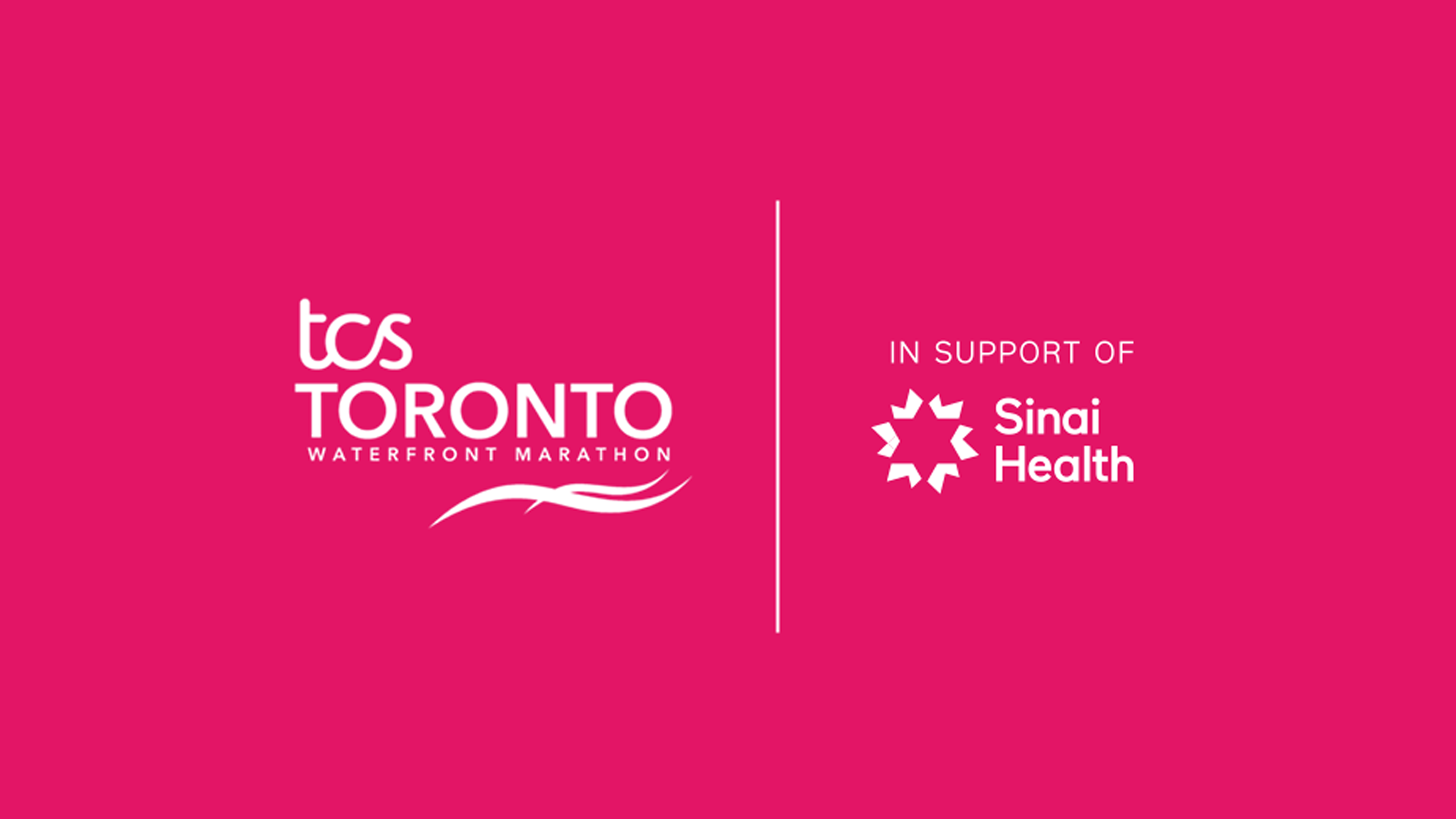About Dorothy Dworkin
Meet Mount Sinai Hospital’s founding matriarch
“Because of my race, my sex and the fact that I was, relatively, a newcomer to this country, it seemed that I could only expect to do some mediocre kind of work.” - Dorothy Dworkin (1889-1976)
Dorothy Goldstick may not have been born into the promising circumstances, yet she was blessed with intellect and determination. At 17, Dorothy found employment with the private medical dispensary run by Dr. S. J. Kaufman, an Ohio-trained physician barred from practicing medicine in Ontario due to licensing restrictions. Impressed with Dorothy’s aptitude, Dr. Kaufman encouraged the teenager to train in nursing and midwifery at Cleveland’s Mount Sinai Hospital.
Returning to Toronto in 1909 with a diploma from the Medical State Board of Ohio, Dorothy resumed her work with the now free Jewish dispensary, which served 60-70 patients every afternoon. In the off hours, “usually at night when most babies seem to be born,” she devoted her time to home calls.
Dorothy attended many deliveries with only the assistance of a relative or neighbour, if not alone, as local physicians could often not be reached in time to ‘beat the stork.’ It was in one such race, in the company of Dr. S. Lavine, that Dorothy experienced her first ride in a motor car: “He cranked frantically to get the car started. I was thrilled at the prospect of the drive, but … we could only hope that the car would keep moving until we reached our destination.”
Many patients felt sorry for the hardworking young woman, as it was widely believed that nurses or midwives were not permitted to marry. But in 1911, Dorothy proved their concern misplaced when she married Henry Dworkin, co-founder of the Labour Lyceum—the epicentre of political activism for Toronto’s textile workers.
While Harry went on to establish a successful retail, tobacco and shipping business, Dorothy channeled her prodigious energy into the founding of a hospital that would not only cater to the linguistic and dietary needs of reluctant Jewish immigrants (who were often leery of hospitals as the penultimate waystation to one’s final resting place), but also employ Jewish doctors and nurses who were denied learning opportunities and privileges at other hospitals across the city.
By May 1922, Dorothy and her fellow Ezras Noshem (Ladies’ Aid) Society members had raised the $12,000 down payment on a property at 100 Yorkville Avenue. By later standards, the early hospital was—in Dorothy’s own words—a “primitive institution”:
“There was no sterilizer - I would take the dressings, bandages, instruments, etc. to the old Women’s College Hospital and wait for them to be sterilized so that I could return them to our hospital. There was no elevator—patients had to be carried up and down the stairs, often directly from the operating or delivery rooms. There was no electric refrigerator.”
Undaunted, the ladies of the Ezras Noshem pitched in to get the hospital running and make it a success. “At the beginning, we coaxed patients to come to us. We enticed maternity cases with the promise of a free baby carriage for the first baby born in our building. We invited visitors and took them on conducted tours - and made sure that nurses occupied the beds to give the impression of a full hospital. And so on. Before long, the idea caught on.”
As Mount Sinai Hospital’s early success grew, so too did its operational costs - “often signed cheques were placed in my office safe until such time as the hospital account could cover them” - and ever-growing need for more space. When turned down by every loan company in the city for financing for a modest annex, the hospital tuned to a plan conceived by Henry Dworkin to guarantee a new mortgage with life insurance policies purchased by several doctors, the architects and hospital board leaders (including Mrs. Dworkin herself).
In the end, this fundraising campaign enabled the 100 Yorkville site to be completely remodelled, with the hospital remaining open as each area was rebuilt (an inspiring precursor to today’s ongoing Renew Sinai capital redevelopment initiative). By May 1935, Mount Sinai Hospital was thoroughly modernized and up-to-date by contemporary standards.
Dorothy Dworkin passed her torch as ‘hospital matriarch’ to Mrs. Rose Torno, upon the latter’s appointment as Founding Director of the New Mount Sinai Hospital Auxiliary in 1953. She remained a close friend and champion for Mount Sinai throughout her life, appearing at several events and participating in the 1968 groundbreaking ceremony for the site of today’s hospital.
Dorothy Dworkin was named a Person of National Historic Significance on July 6, 2009.





